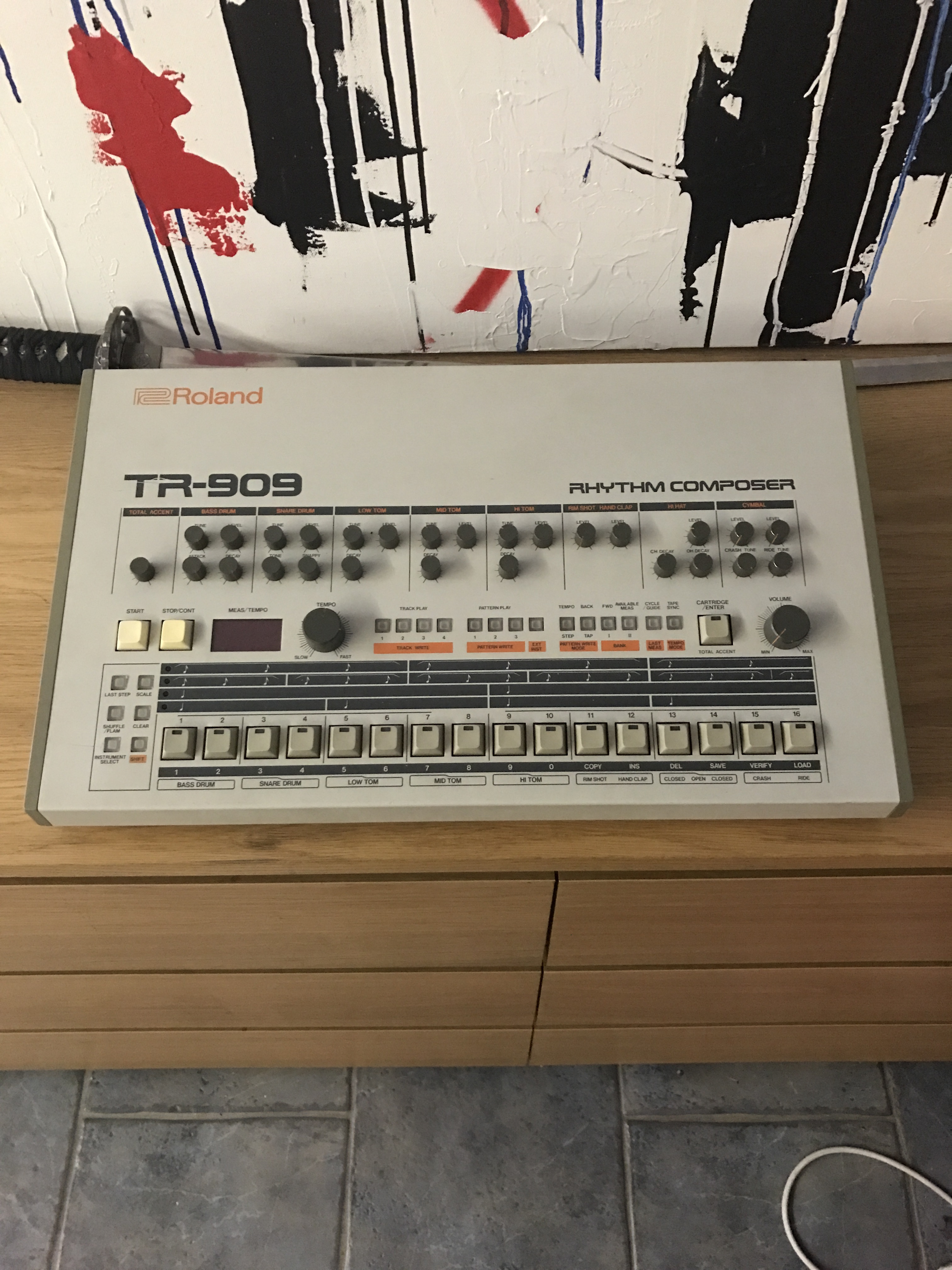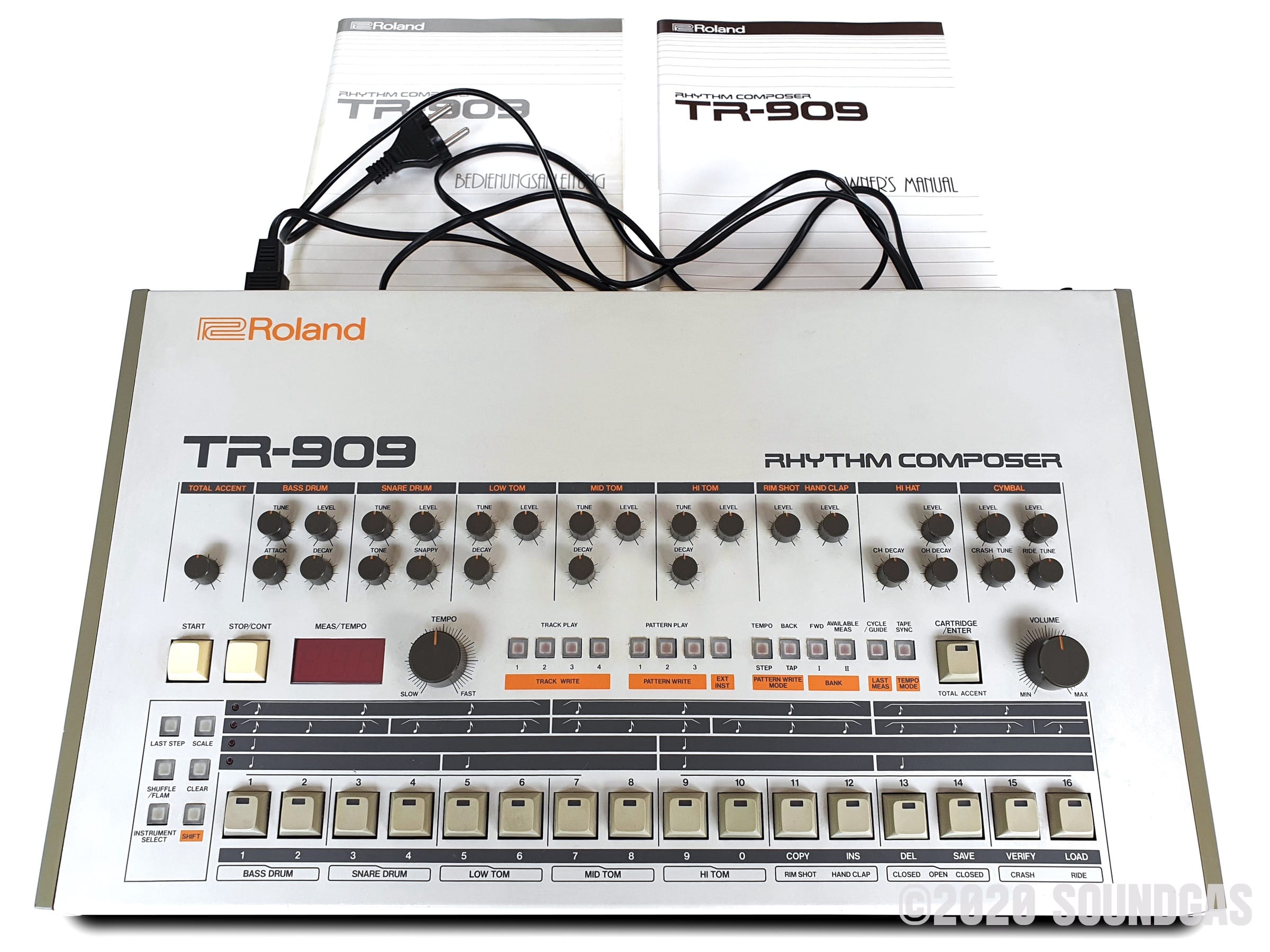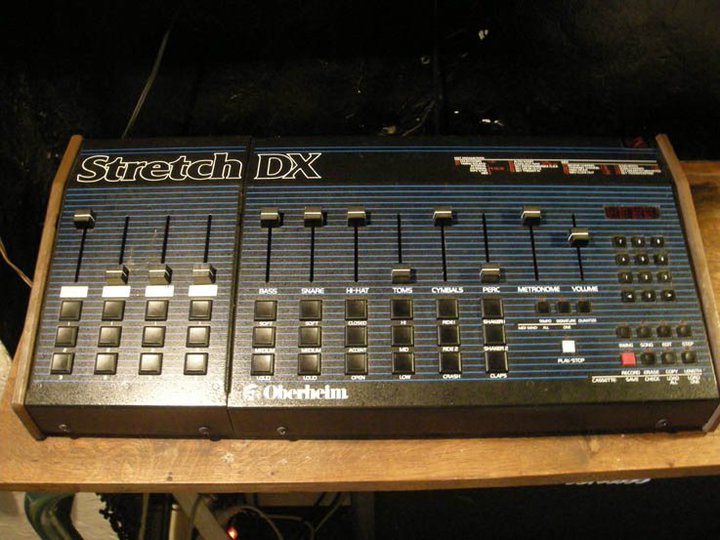

“The thing is, there wasn’t many 909s in the city besides the studios,” DJ Pierre explains. Assuming, of course, they could get their hands on one. I was always told ‘get a 909.’ I didn’t know what it looked like, but I knew it was the most raw drum machine I’d ever heard.”Īs Chicago’s house revolution gathered pace, the TR-909 became the machine of choice for the city’s dance music pioneers. “I first came across a 909 from hearing the raw energy of the drums in the tracks Ron was playing at the Music Box,” says DJ Pierre. Hardy even used the TR-909 to create the clattering rhythm track that underpinned his Italo-disco influenced, early Trax Records favorite “Sensation,” in the spring of 1985. Even before “house” had been defined as a musical movement, Chicago DJs Ron Hardy and Frankie Knuckles had been championing music created with the distinctive thump of electronic percussion. By then, the TR-909 had already been widely used to define two styles of dance music that would go on to take the world by storm: house and techno.įrom the very start, both styles were intrinsically linked to the TR-909. Eventually – and we’re talking years, not months – units could be picked up for next to nothing in pawn shops and second-hand stores. Like the TR-808 before it, the TR-909’s eventual success was down to its lack of mass-market appeal. “I think Roland knew that they had something on their hands, but they didn’t know how they could turn it into something popular.”


“Classic musicians looked at the TR-909 – and the TR-808 before it – and didn’t know what they could do with it,” explains Milstein. Within a year they’d ceased production around 10,000 hand-made units was all the Japanese company would ever manufacture.

Nonetheless, the TR-909 didn’t sell up to the company’s expectations. If you take a 909 and hit the play button, it just sounds right immediately.” That’s what makes it ‘groove’ well: the timing of the sequencer. It had its own sequencer, which is integrated, and talks directly to the drum ‘voices.’ It did this in a parallel format, meaning that it sent its triggers to the drums simultaneously. “Roland really took analogue sound technology to the extreme when designing the TR-909,” says Gur Milstein, Head Designer at Eurorack modular synthesizer specialists Tiptop Audio. Throw in MIDI compatibility – a world first amongst drum machines – and you had something powerful, flexible and easy-to-use. Meanwhile, the on-board step sequencer could be used to create and store up to 96 rhythm patterns, and there was even room to save eight “songs” – combinations of patterns chained together to create extended rhythm tracks. Its in-built electronic drum sounds – a combination of pure analogue and early digital samples – weren’t a particularly accurate reflection of the acoustic percussion instruments they were imitating, but they could be manipulated and altered using various rotary knobs and switches. Its feature set was certainly attractive. Created to replace the commercially unsuccessful (but now iconic) TR-808 drum machine, the 909 took the best bits of its predecessor and added a swathe of new features that its creator, Roland’s Head of Research & Development Tadao Kikumoto, believed would make it the most desirable percussion synthesizer in the world. When it went on sale in 1984, the Roland Corporation had high hopes for the TR-909 Rhythm Composer.


 0 kommentar(er)
0 kommentar(er)
